For
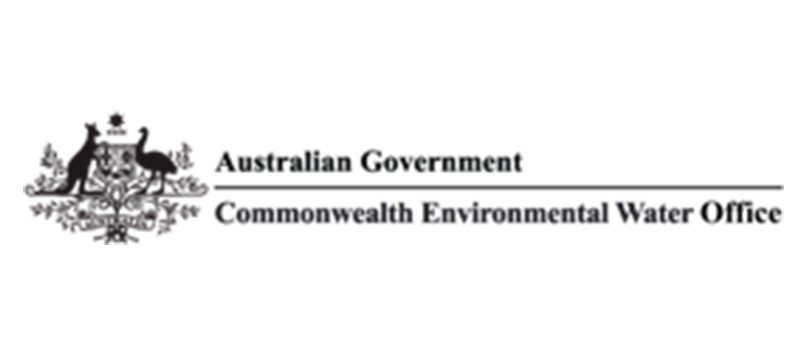
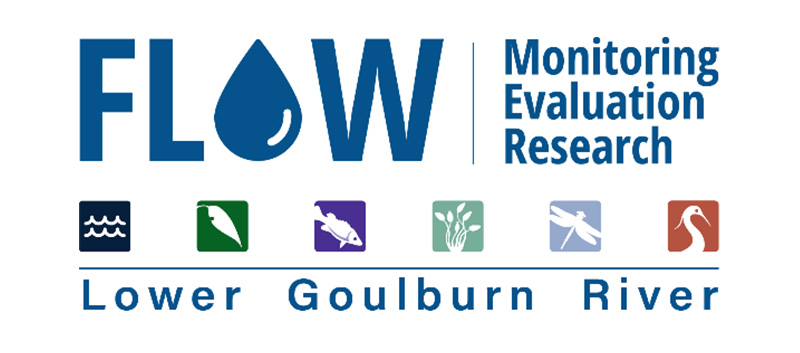
In Partnership with



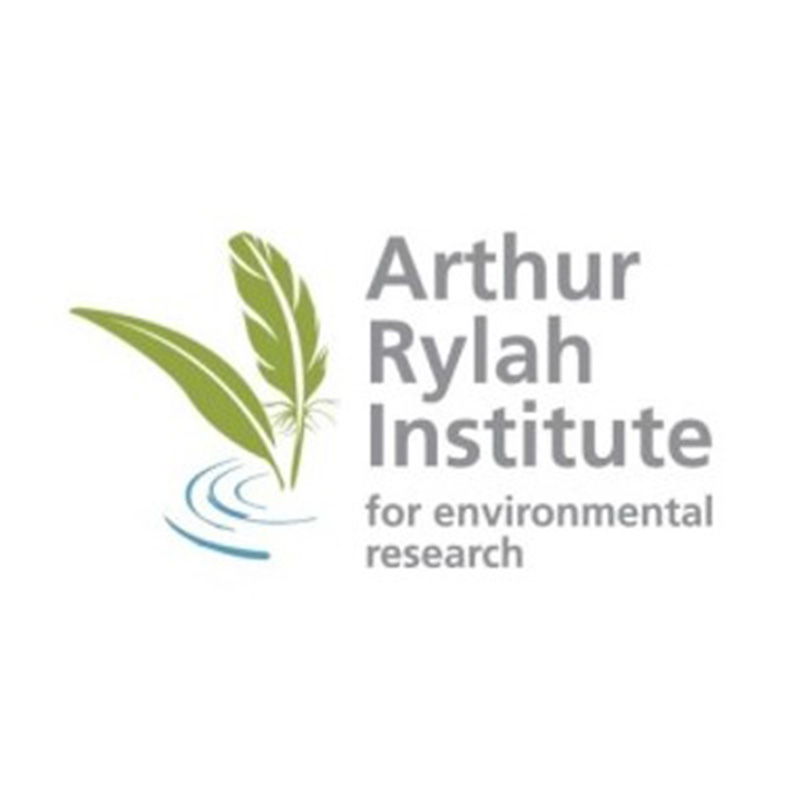
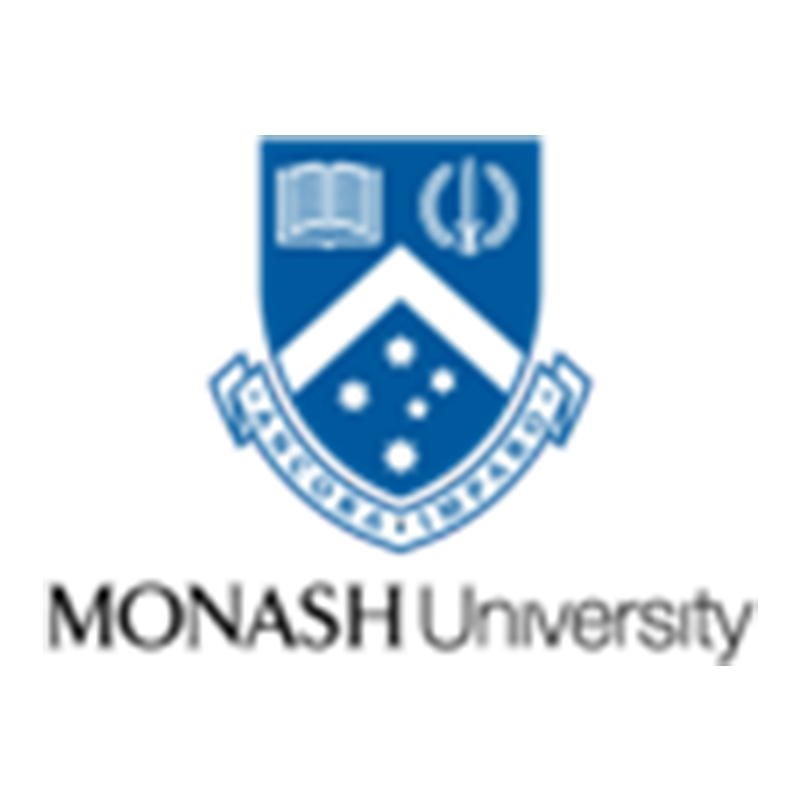
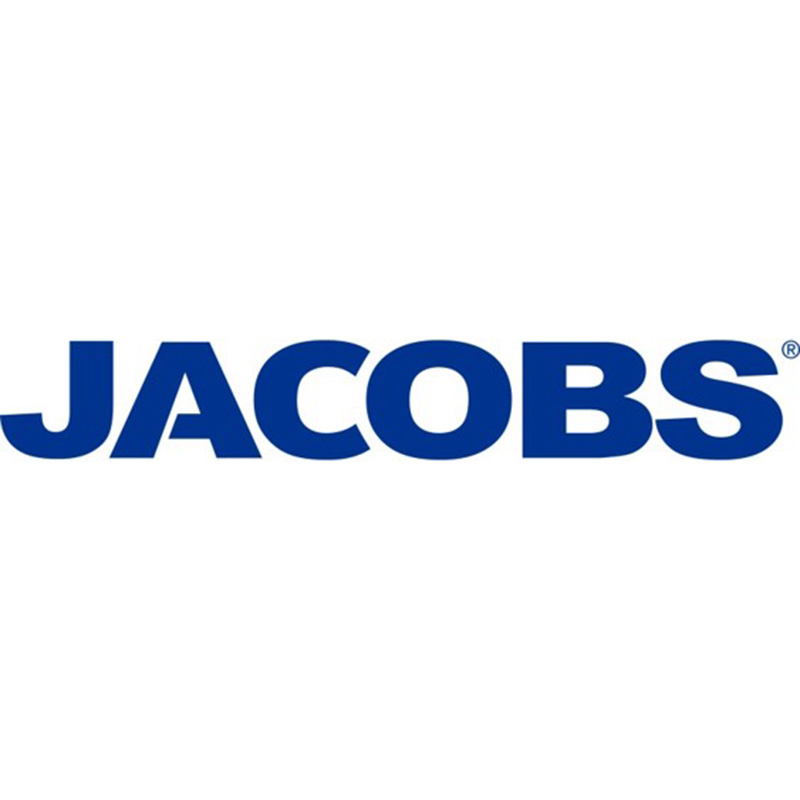
Of interest to
Individuals and organisations, including government bodies with environmental water allocations
- wishing to demonstrate the value of environmental water
- to enable adaptive management of environmental flows
Background
Monitoring and evaluation of environmental watering on the Lower Goulburn River is part of a large-scale program across the Murray- Darling Basin. The current program started in 2014 as a long-term intervention monitoring (LTIM) program and in 2019 become a monitoring, evaluation and reporting program: the MER Goulburn.

Key Points
- The aim is to understand ecological outcomes for waterbugs (macroinvertebrates), vegetation and fish
- We use waterbugs (macroinvertebrates) sampling, plus targeting large-bodied crustaceans sampling and monitor algal responses
- Results to date show that shrimp and prawn populations vary over time; that populations increase after spring freshes and during summer
- Shrimps and prawns form a key component in the food web in the Goulburn River system, being fish food
- We are currently investigating whether population variation is natural or in responses to flow

Expected completion date
2024
For more information, see the accompanying documents or contact: Claudette.Kellar@rmit.edu.au
#environmental flows #ecological response #water holder entitlements #Goulburn Broken CMA #partnerships
Eight years in- Perspectives on the outcomes of environmental watering in the Lower Goulburn River
